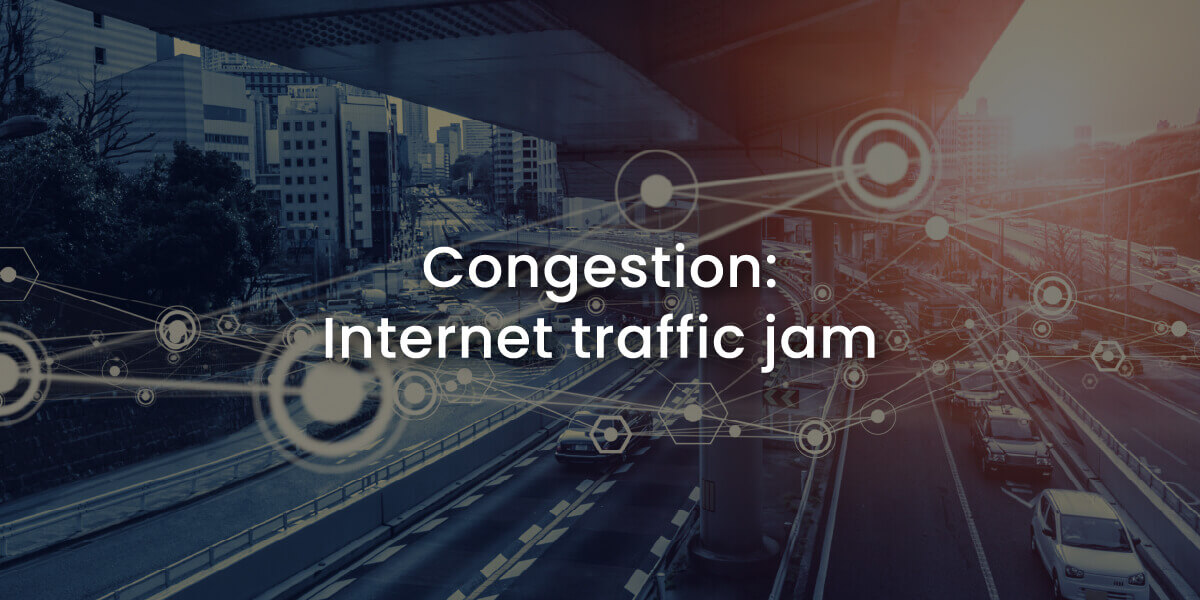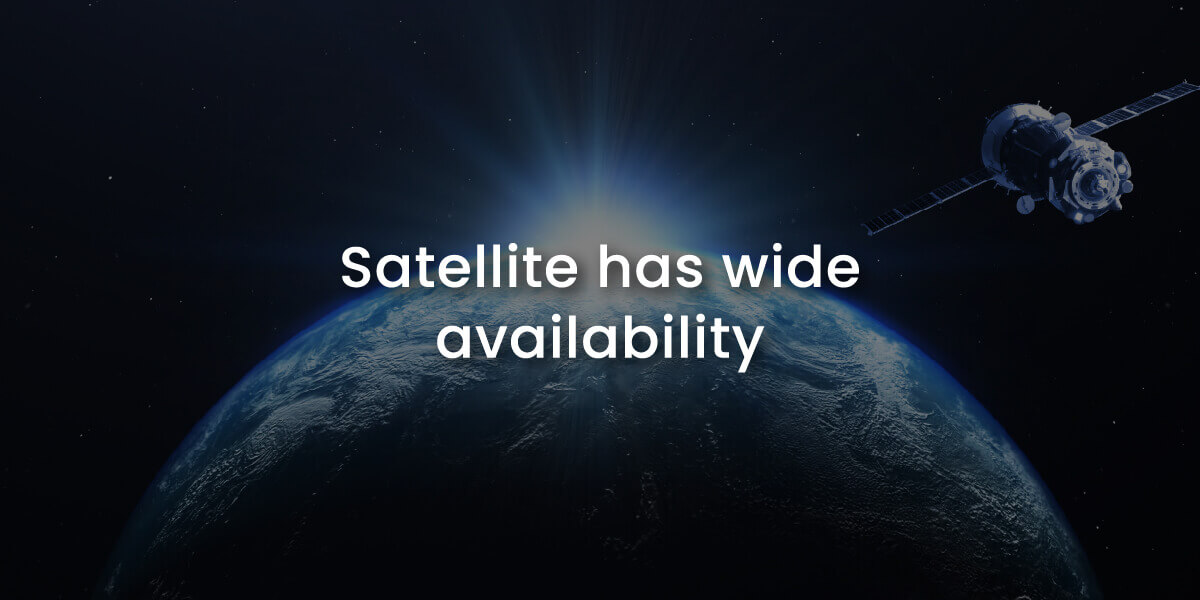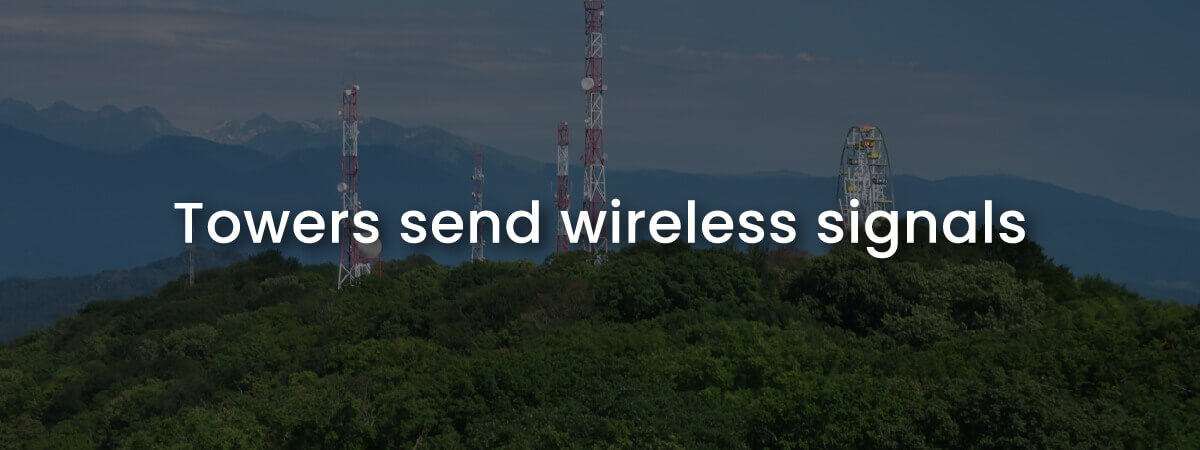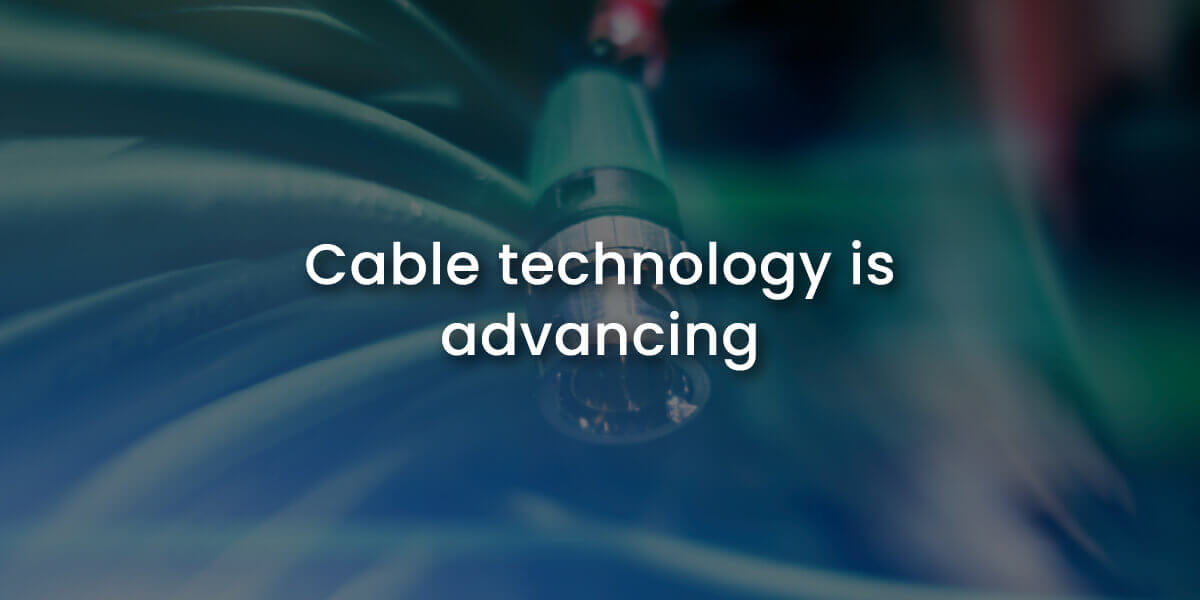5 Alternatives to Cable Internet

Table of Contents
Cable internet can offer impressive speeds and reliability compared to some other internet options. But cable does have some potential drawbacks.
Maybe your cable internet bills have been raising your eyebrows, especially when price hikes kick in after the promotional period. Or perhaps you get occasional slowdowns or internet outages.
We’re here to help you consider the pros and cons of making a change. We’ll help you evaluate cable’s unique strengths, because other internet types have disadvantages too. By getting the full picture, you can make an informed decision.
There’s no one-size-fits-all solution here—the right choice of alternatives to cable internet depends on what matters most to you. This guide will empower you to select the internet service that best fits your lifestyle and is available in your area.
The Limitations of Cable Internet
Cable internet transmits data through coaxial cables strung throughout neighborhoods.
Coaxial cables have a copper conductor at the center surrounded by insulation and a braided metal shielding. This shared network architecture can provide download speeds of 100-1000 Mbps but has some drawbacks:
- Availability – Cable may not be an option where you live. Rural and remote areas often lack the wiring to offer cable.
- Installation fees of $50-100 as coaxial cables must be run from the nearest node to your home. Professional installation is often required.
- Congested peak hours from 6 to 11 PM as neighbors compete for bandwidth on shared lines. Network congestion can slow down your internet speeds.
- Monthly bills are typically $50-150 and can include added fees like $10/month modem rental and Wi-Fi router rental.
- Lack of symmetrical speeds means that cable internet has much slower upload speeds than download speeds. Upload speeds for current cable systems (on HFC networks) tend to max out at about 50 Mbps. Heavy data users or gamers may find they want more upload bandwidth. The only form of internet connection that currently offers symmetrical speeds is fiber.
If cable internet isn’t available where you live or doesn’t meet your needs, excellent alternatives exist.

Fiber Optic Internet: The Gold Standard
Fiber optic internet sends data as light pulses through flexible glass fiber cables. Without electrical bottlenecks, fiber allows symmetrical speeds up to 1-10 Gbps down and up. That’s at least 10 times faster than cable for download speeds, and about 200 times faster for upload speeds!
Fiber offers:
- Gigabit speeds up to 10,000 Mbps are perfect for large 4K video downloads and smooth online gaming.
- Reliability through dedicated fiber lines. Low 20-40ms latency.
- $30-150/month for 300 Mbps and up. Even 1 Gbps plans are now competitively priced at $80-100/month as fiber expands.
While fiber is still expanding, it’s available to over 40% of US households and growing quickly. If you can get fiber service, it provides the fastest, most reliable and future-proof internet.

DSL Internet: Copper Wire Is Slower
DSL uses landline telephone networks to transmit data through paired copper wires.
DSL provides internet availability for over 90% of US households with a landline. But DSL internet speeds degrade rapidly over distance.
In most cases, DSL users will get just 5-30 Mbps download speed and only 1-3 Mbps upload speed.
Due to aging infrastructure, actual DSL speeds often test far below advertised rates. DSL is best suited for light web browsing but not for heavy HD streaming or large uploads.
Satellite Internet: Rural Connectivity
Satellite internet beams signals wirelessly from satellites in space down to small dishes 18-24 inches across installed at your home. This technology allows satellite to reach remote rural areas unserved by cable or fiber:
- Broad availability across rural areas, properties over 2 acres, and locations without line-of-sight access for fixed wireless.
- Plans from $70-200/month with speeds of 12-150 Mbps down but usually 3 Mbps up.
For geostationary (GEO) satellites, data signals must travel over 22,000 miles up to the satellite and back. That distance creates high latency at 500ms or more. Though the delay is not noticeable for many internet activities, it can lead to laggy video calls, gaming, and slow downloads. Internet connections provided by Low Earth Orbit (LEO) satelllites have lower latency but are still not available in many service areas.
While satellite provides essential rural access, performance, speed, and latency fall short of most terrestrial wired options. Satellite technology is improving rapidly, however, and can give you a good basic internet connection and home Wi-Fi network. If you don’t have fiber or cable access, it’s worth checking out your satellite options by entering your zip code here at CompareInternet.com.

Fixed Wireless Internet: No Cables Required
Fixed wireless access (FWA) uses radio towers to broadcast internet signals. Your internet signal will travel short distances in the 2.4, 3.5 and 5.8 GHz bands to reach an antenna mounted on your home.
Fixed wireless internet usually comes in 5G, or in the previous generation, 4G LTE. Carriers plan to use their 4G LTE networks until 2030, so your internet connection may well be 4G LTE if you choose fixed wireless.
Fixed wireless internet providers of 5G advertise up to 1000 Mbps (1 Gig) download speeds. In actual fact, most fixed wireless broadband users will get download speeds of about 25-50 Mbps. Upload speeds will be slower.
- $40-100 monthly plans where available. Equipment fees around $200-300.
- Low 5-100ms latency for smoother videoconferencing and gaming.
The catch is that fixed wireless is only available in areas with direct line-of-sight access to a wireless tower. But for qualifying homes, it’s a solid cable alternative.

Mobile Broadband: Cellular Data Plans Move With You
Cellular data plans tap into nationwide 4G and 5G networks for internet access anytime, anywhere you get a cell signal.
You can enjoy:
- Broad coverage with national carriers like Verizon, AT&T, T-Mobile and regional providers.
- Portable hotspots for Wi-Fi on-the-go with a 30-50 foot range. Compatible with phones, tablets, and laptops.
- Prepaid plans from $10-50/month for 1GB to unlimited data at speeds of 5-300 Mbps down and 2-75 Mbps up.
Drawbacks include inconsistent speeds, higher latency than fixed wireless, and potential throttling after 20-50GB usage limits. But for accessibility when you’re on the move, cellular data beats all other technologies but satellite.
Key Factors to Compare Your Internet Options
Start by checking availability for each provider at your address by entering your zip code here. Compare speeds, pricing, data limits and reliability ratings.
If you need multi-gigabit speeds with low latency, fiber is the top choice where available. Satellite pulls ahead for rural access, while cellular data wins for mobility. Pick the provider and plan that matches best with your usage needs, budget and location.
Here’s the tough part: internet performance always varies by your location. Fiber internet performance will be more consistent than other technologies. But many other ISPs will vary in how much speed they provide depending on where you live.
So, check out our staff reviews and user reviews. You’ll get a global view of each provider’s strong and weak points, as well as how they rate for customer satisfaction.

The Future of Cable Internet
While alternative internet options exist today, cable providers aren’t standing still either. The upcoming DOCSIS 4.0 standard will allow speeds up to 10 Gbps download and 6 Gbps upload—on par with fiber.
But widespread availability of DOCSIS 4.0 is still a few years away. In the meantime, fiber and other alternatives give you more choices for fast, reliable internet.
The bottom line? If cable internet isn’t meeting your needs, excellent alternatives exist. Carefully compare speeds, prices, availability and features to select the best internet for how you browse, work and play online.
FAQs: Alternatives to Cable Internet
Can I get home Wi-Fi without an internet provider?
No, you need an internet connection from a provider to access Wi-Fi in your home. Your Wi-Fi router broadcasts the signal indoors. But your router has to get that signal from a wired connection or an antenna. That antenna or connection needs to be activated at your home by your ISP.
How can I get internet without cellular service?
Options like satellite, fixed wireless, DSL and fiber internet don’t use cellular towers and allow internet access without a cellular connection.
How can I get good internet without a wired connection?
Satellite internet and fixed wireless internet will be your main choices if you live in an area without wired infrastructure. Neither type of wireless internet is as fast as a wired connection, but they can still provide you with reliable broadband internet.
What is the cheapest way to get internet access?
Cable and fiber internet service offer the most budget-friendly options for home internet. But these wired internet connections are not available everywhere. One well-known way to save on internet is to use your cell phone or tablet at public Wi-Fi hot spots. Unfortunately, this trick will not usually give you what you need to work from home or do any complex internet activities.
Is free or low-cost internet available for lower-income households?
If you qualify for certain federal programs such as SNAP and others, you are eligible for the Affordable Connectivity Program (ACP).
All internet providers listed here on CompareInternet.com participate in this program.
Each ISP will help you get set up with the payment assistance program that will provide $30/month in payment assistance. Qualifying households on tribal land receive $75/month in payment assistance.
Just enter your zip code here at CompareInternet.com to find out details on providers and plans that are available in your area!


 Call now to find your best offers!
Call now to find your best offers!